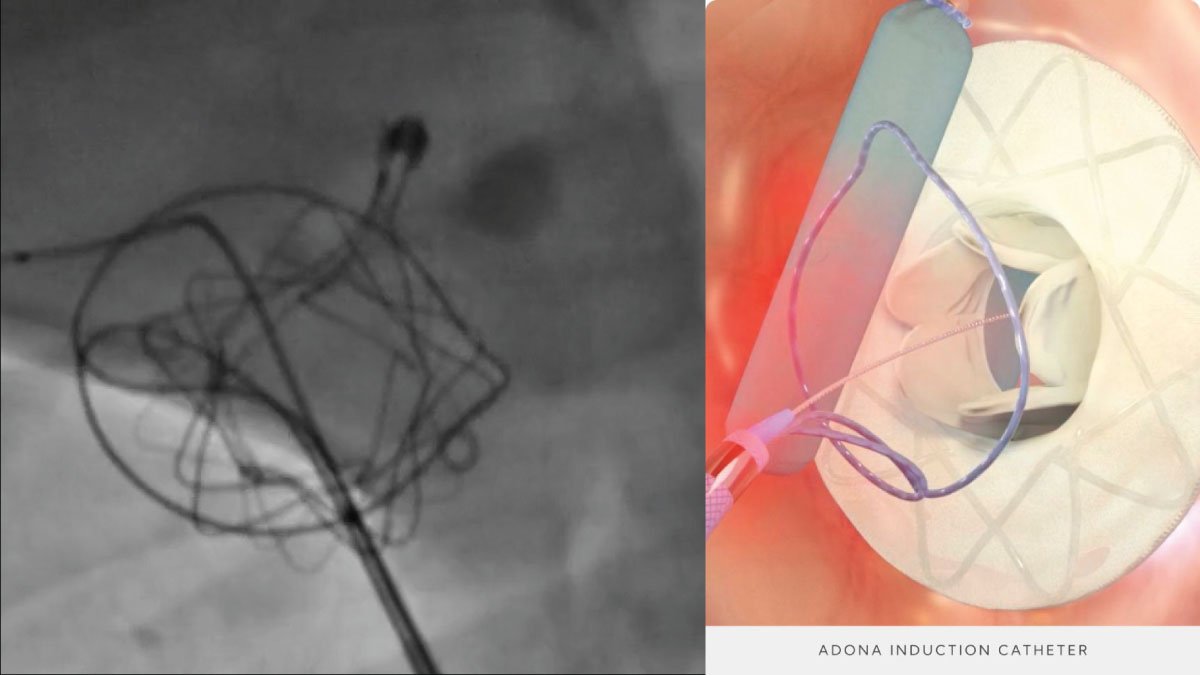Wireless Pacemaker Prove Game-Changing Reliability in Latest Clinical Study

According to a new study, a new two-chamber wireless pacemaker can work reliably, marking a major advance in heart care.
A New Era in Pacemaker Technology
Recent studies conducted by Weill Cornell Medicine have confirmed the robustness and stability of the dual-wireless pacemaker. The study, published in the New England Journal of Medicine, shows the high reliability of the device and may change the way heart arrhythmias are treated. Unlike traditional machines that require wires to connect the device to the heart, this wireless model works without them, reducing the risk of problems and increasing the comfort of patience.
Advantages of Wireless Pacemaker
Cordless Pacemakers have many advantages over conventional devices. By eliminating the need for a wire, the risk of death and mechanical failure associated with wire insertion is greatly reduced. This innovation also allows for less invasive surgery, resulting in faster recovery and better patient outcomes. The findings of the study, which included data from a long-term follow-up, showed that the pacemaker works reliably and effectively in maintaining the heart’s rhythm without the problems associated with traditional equipment.
Future Plans and Trends of Wireless Pacemaker
The success of this wireless pacemaker was a milestone in the development of medical devices. As technology advances, wireless pacemakers become the standard for treating not only arrhythmias, but other heart conditions as well. The smaller and better performance of these devices allows them to be used in a wide range of patients, including those who are not suitable for pacemaker therapy due to problems with the leads.
Conclusion
The results of this study show that wireless pacemakers are not only an alternative to traditional devices, but may also be a viable option for cardiac care. As technology continues to advance, the medical community expects further advancements that will make these devices more accessible and useful for patients worldwide.




















